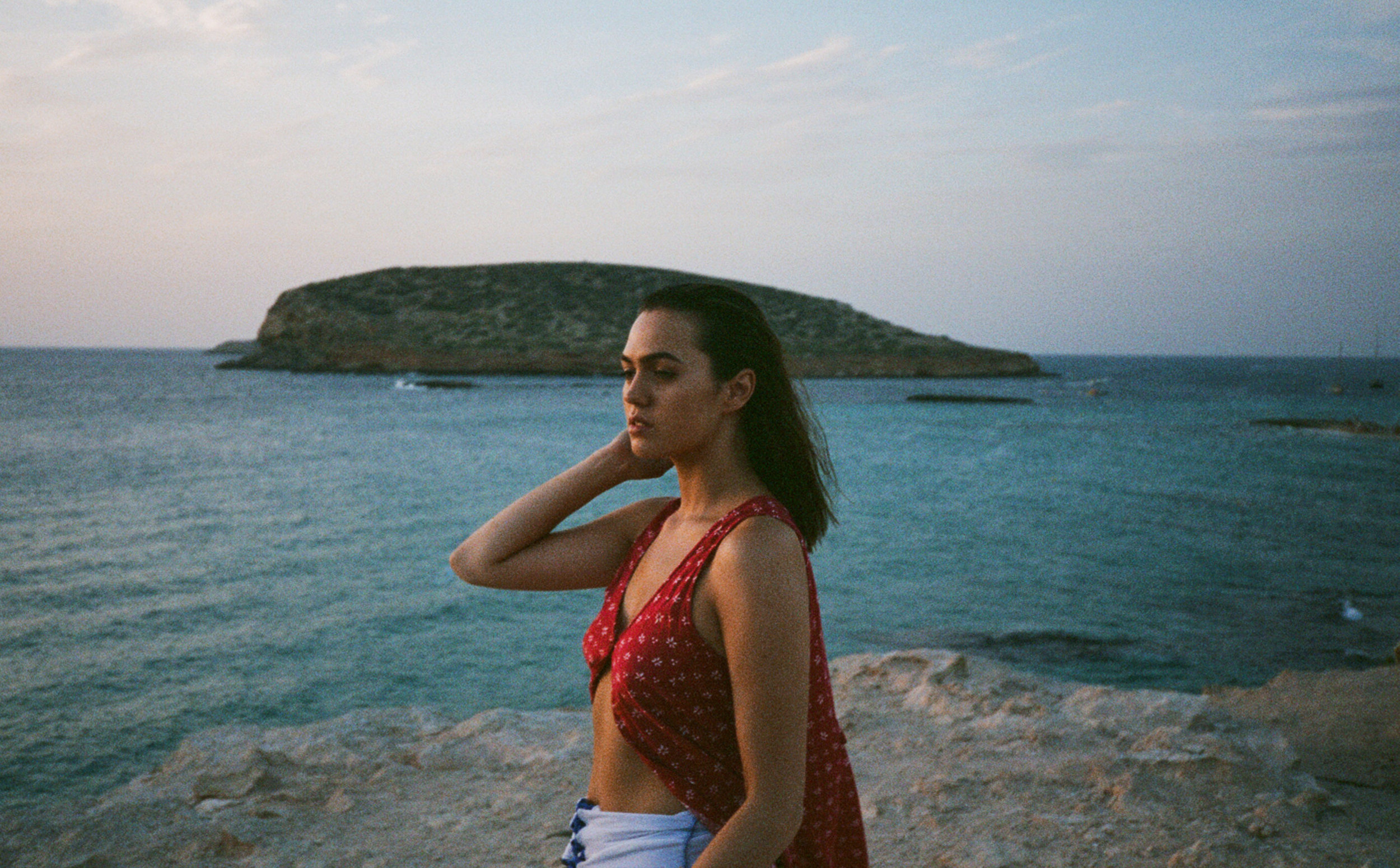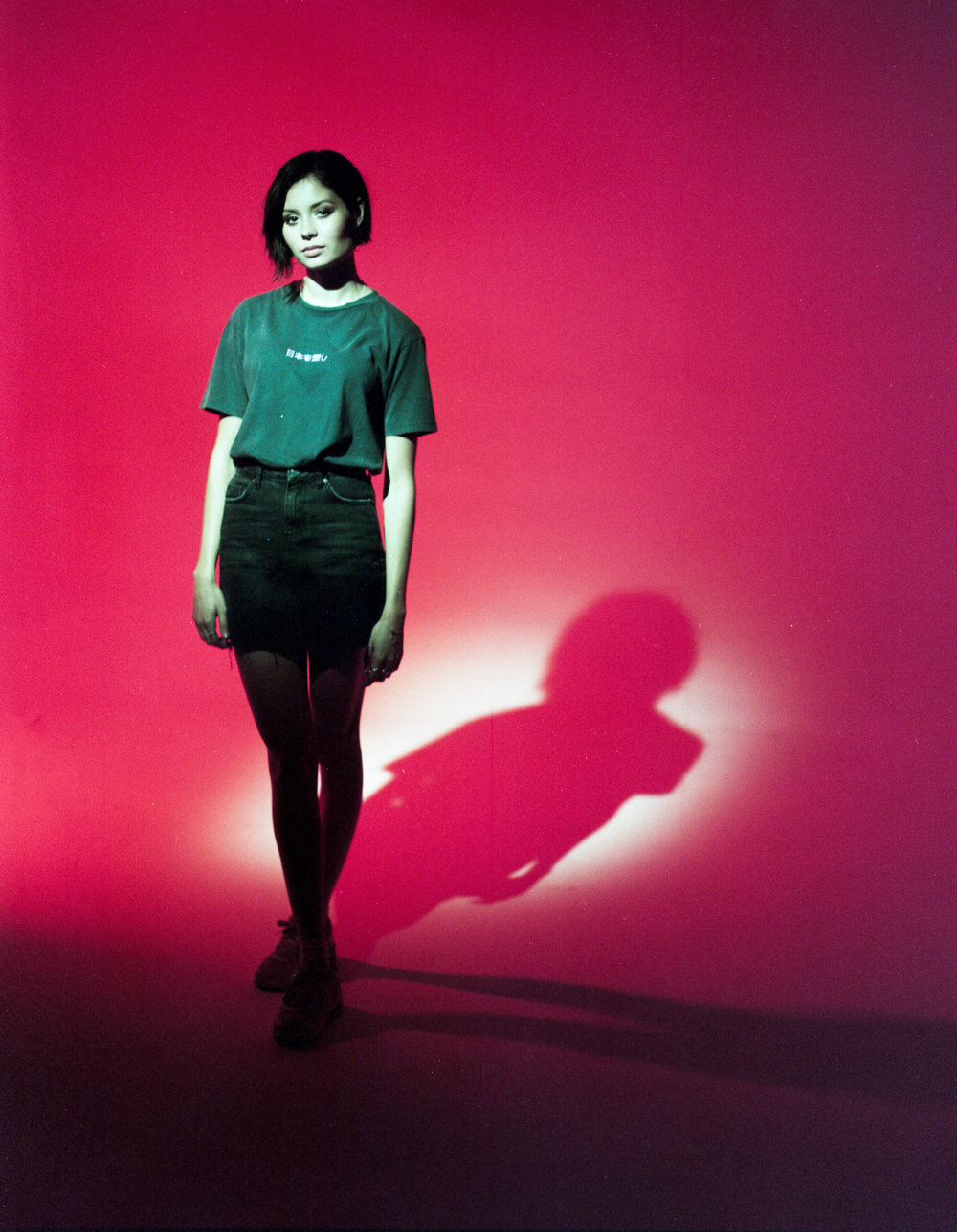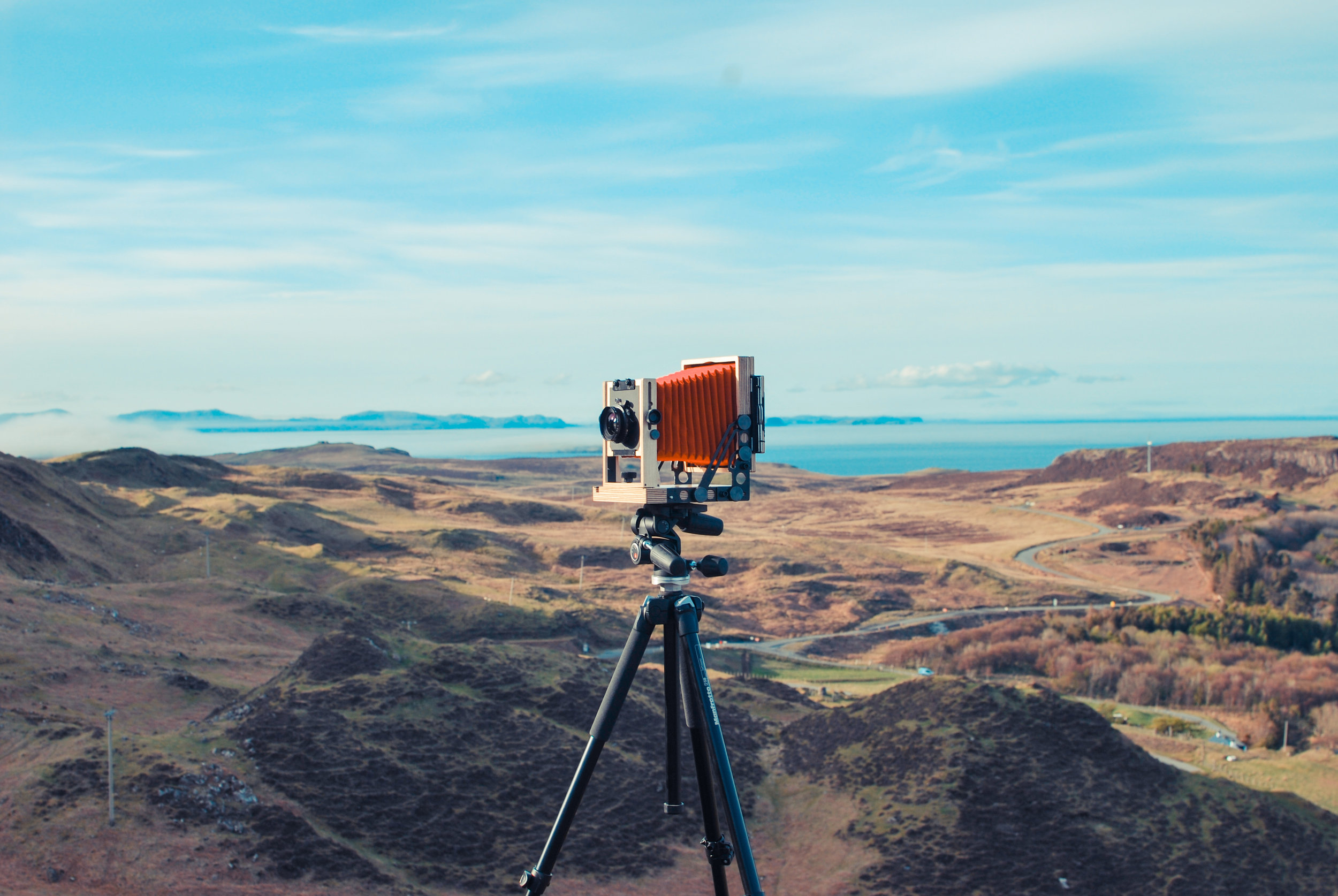It's 2023. It’s the coldest March in history-ish and i’ve finally got some holiday booked. Having seven whole blissful days in Greece on the horizon compelled me to share an answer to a question I get asked a lot on the creative floor (from all depts). What camera (digital or 35mm) should I buy?
For digital, i will keep it short.
1. Fujifilm X100v (£1000 used -£1350 new) - 35mm equivalent lens with fast lens. Incredible colours and easy to use.
or X100f (6-800£ used). The X100v is finally instock on the link so get it quick!
2. Ricoh GR III (£750 used - £949 new ) - 28mm lens so perfect if you like slightly more context.
These are fixed lens cameras with incredible colours, film simulations and are incredibly easy to use. I own the X100v and it’s my favourite camera of all time.
Now enter the 35mm point and shoot.
A fixed lens point and shoot (not one with a zoom ) forces you to simplify. 36 shots. Half press to focus and press to take the shot.
You’re dealing with one way of seeing a scene and your eye actually dials in over time. Anything that says 28mm / 35mm / 38mm on the lens is a good starting point as it gives you a portrait with context.
If you're like me, you'll want the best P&S you can get without A) Feeling duped by elevated hype pricing B) Dare i say something pretty and small. C) Something that feels somewhat durable given the elevated prices, here are my top tips.
Yashica T4 (£280+) or Yashica T5 (£300) - My number 1 recommend. Amazing lens, sharpness and easy to use.
Contax T2 (£750+) - Built like a brick. Amazing lens, sharpness, great flash and easy to use. Can miss focus.
Olympus MJU 2 (£200+) - Plastic fantastic but insanely sharp and easy to use.
Nikon 28 TI or 35 TI (£700+) - The jewellery of point and shoots. Looks like a watch!
Ricoh GR1 / GR1S or GR1V (£500) - Wider lens for more context. Fast and great but check the condition.
Ricoh R1 (£150+) - Slower lens than the one above but amazing value.
Konica Big Mini (£125 +) - Great value but check the condition.
Konica Hexar AF (£450+) - Incredible lens but check the condition. Slightly bigger than others!
The sad thing is many of these are plastic which makes it hard to justify the price-tag but, if you read the descriptions on Ebay thoroughly and make sure they say ‘film tested’ you should be golden with any of these.
Films i recommend to pair with these point and shoot wonders are:
Cinestill 400D $$ - Great tones and good for daylight and in early evening. Keep it going with flash after sun-down.
Kodak Portra 400 / 800 $$$ - Pastel tones and good for daylight in early evening.
Keep it going with flash after sun-down.
Kodak Ultramax $$ - Good for daylight and into early evening. Contrasty and great for sunny days or lifting shady days. Keep it going with flash after sun-down.
Kodak Gold $ Warm tones. Good for daylight or with flash after hours.
Fuji Superia $$ Cooler, grittier tones. Good for daylight or with flash after hours.
Fuji C200 $ Cooler, grittier tones. Good for daylight or with flash after hours.
Cinestill 800T $$ Blueish tones in daylight and comes ALIVE at night. Amazing with flash.
I like to buy my film from Parallax Coop or Analogue Wonderland. Both have great ranges but I normally have to jump between the two when film sells out.
I highly recommend Take It Easy lab for developing and scanning and personally go for the 14£ a roll TIFF which suits someone who likes to edit. If you just want your photos looking solid for instagram, go for the 9£ medium JPG scan.
Any questions, drop me a message!
Dan
















































